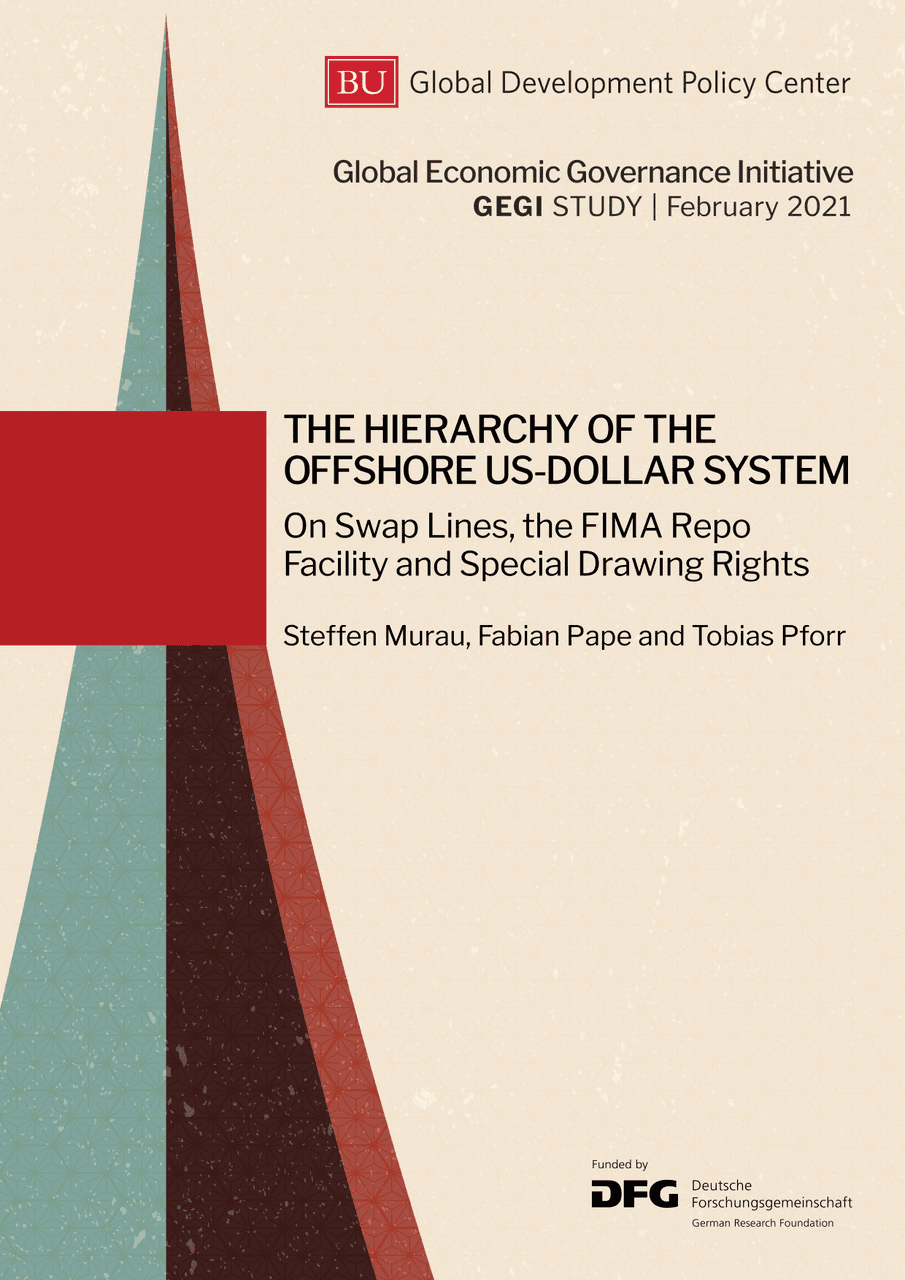Monetary architecture

Multiple hierarchical layers of rock forming a perpetually evolving natural architecture | Arches & Canyonlands of Utah © Jennifer King photography
A methodology to represent historically specific monetary and financial systems as a web of balance sheets that interlock through credit instruments.
The Monetary Architecture framework is a methodology to represent historically specific monetary and financial systems as a web of balance sheets that comprises different monetary and fiscal institutions and interlocks via different credit instruments.
The “grammar” of the Monetary Architecture framework has several building blocks. It starts with monetary jurisdiction as a legal category that is subdivided into segments: central banks, commercial banks, non-bank financial institutions (NBFIs), and a fiscal ecosystem, which is made up of treasuries and off-balance-sheet fiscal agencies (OBFAs). Each segment comprises different institutions that are represented as balance sheets and have a hierarchical relationship with each other. They interlock through the instruments they hold as assets and liabilities, which are denominated in different units of account. This adds up to a fully self-referential credit system in which each asset is another institution’s liability. What counts as money depends on a balance sheet’s relative position in the hierarchy and can change over time. Each institution has its own respective elasticity space for balance sheet expansion.
The Monetary Architecture framework can be used to represent past, present, or possible future institutional settings of the monetary and financial system. It provides the conceptual lens for the OBFA-TRANSFORM project to study the setup and the evolution of the monetary and financial system in the context of large-scale transformations.


